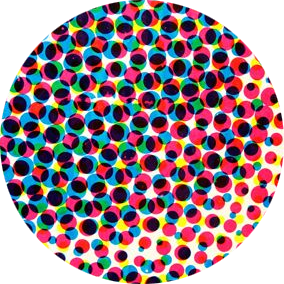Shapeshifting in “Nimona”

ND Stevenson’s “Nimona” presents a corrupted society that is simultaneously wrecked and revitalized by a morally ambiguous shapeshifter, thus offering an intriguing model for the potential impact of shapeshifters (literal/figurative) on social structures. #Nimona 1/9



“They are the means through which the transformation from the discontinuous aspects of life & death are made continuous, & thus whole. The carcass, though bereft of its life force, still exists to benefit the mediator, who is wholly dependent upon it. Death thus gives life.” 4/9

In Lévi-Strauss’s theory, the motivation of the carrion-eater is pragmatic: self-sufficiency. They eat to survive. Nimona’s capacity to fall into this paradigm is a little hard to gauge, however, as her motivations are never made explicitly clear in the graphic novel. 5/9

We might, however, infer that she is bored and enjoys the disruptions she creates (both the revitalization and the destruction) and that, in itself, could be read as a form of sustenance for what might be an immortal being. 6/9

More importantly, however, if Nimona is read within the carrion-eater model, it is compelling to consider the extent to which shapeshifting itself, by extension, can be read as a means of producing continuity between life and death in a society. 7/9

Given the social models that we see enacted in the graphic novel, the emergent conclusion would simply be that an agent of disruption is a necessary instrument in our/any society, that it is the rigidity of our respective forms that can create discontinuity. 8/9

None of this is explicit in the text, of course, just potential readings that emerge from the compelling juxtaposition of a society experiencing stagnation/entropy and a plucky little shapeshifter who does not like how you keep trying to define her. 9/9
